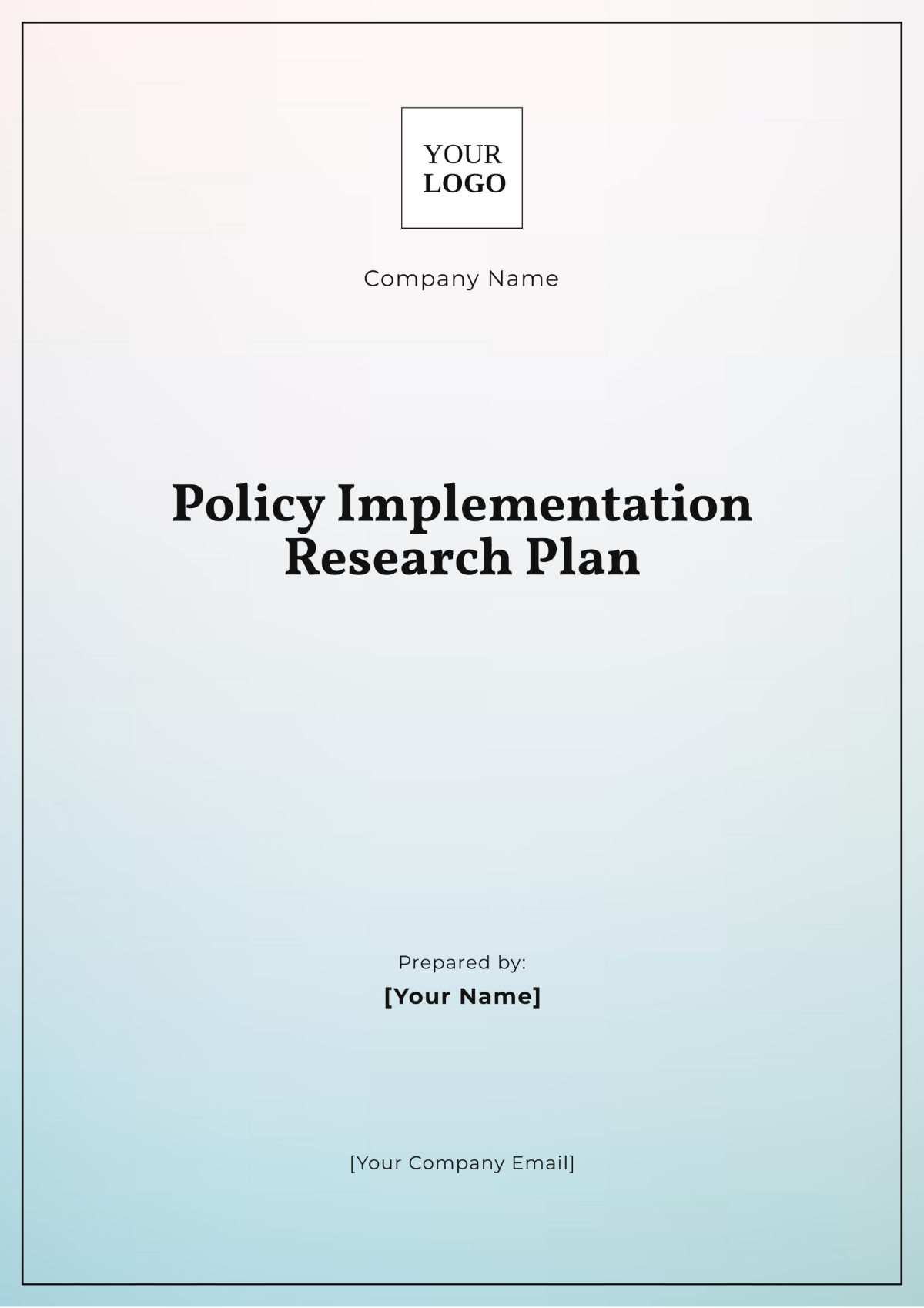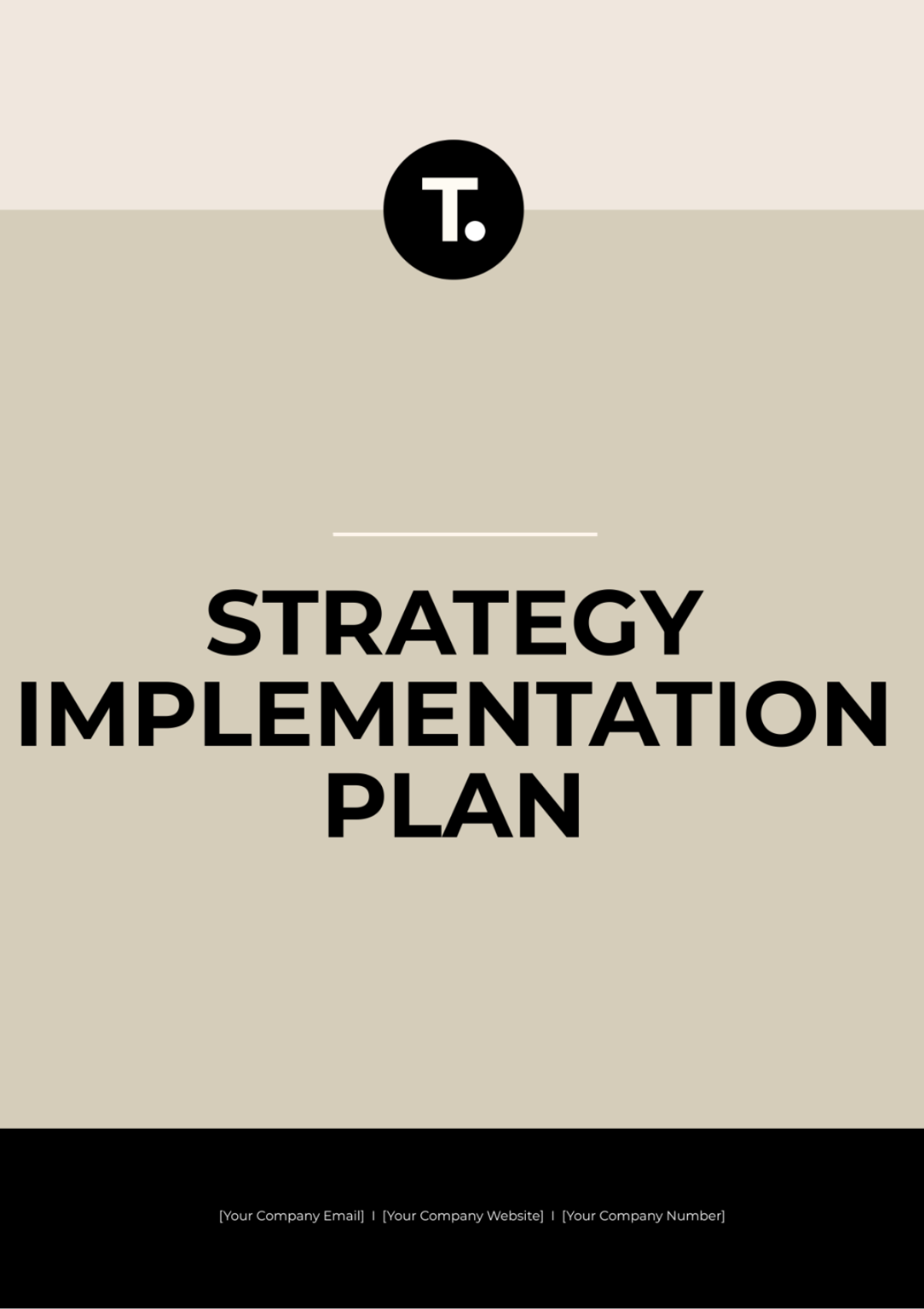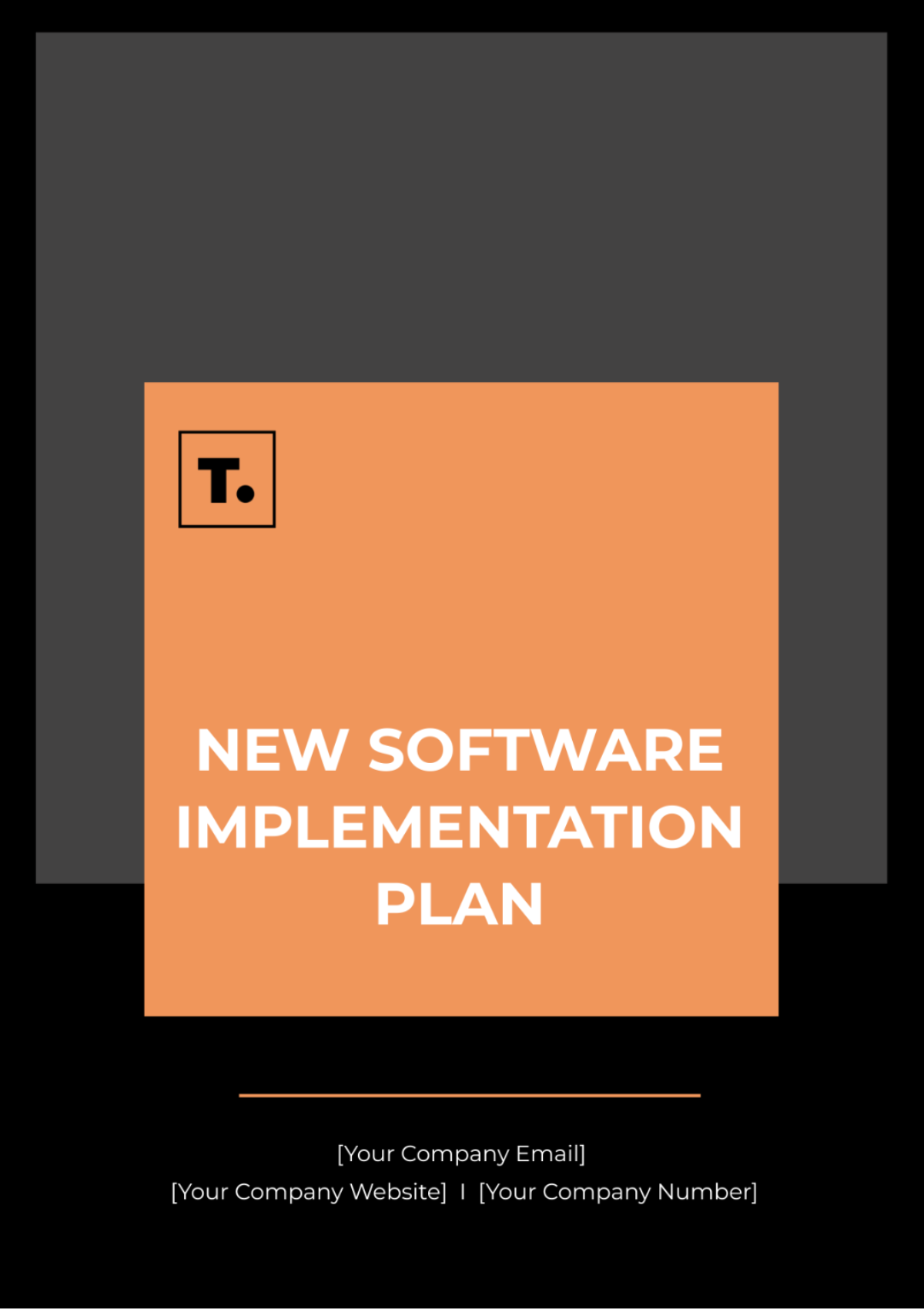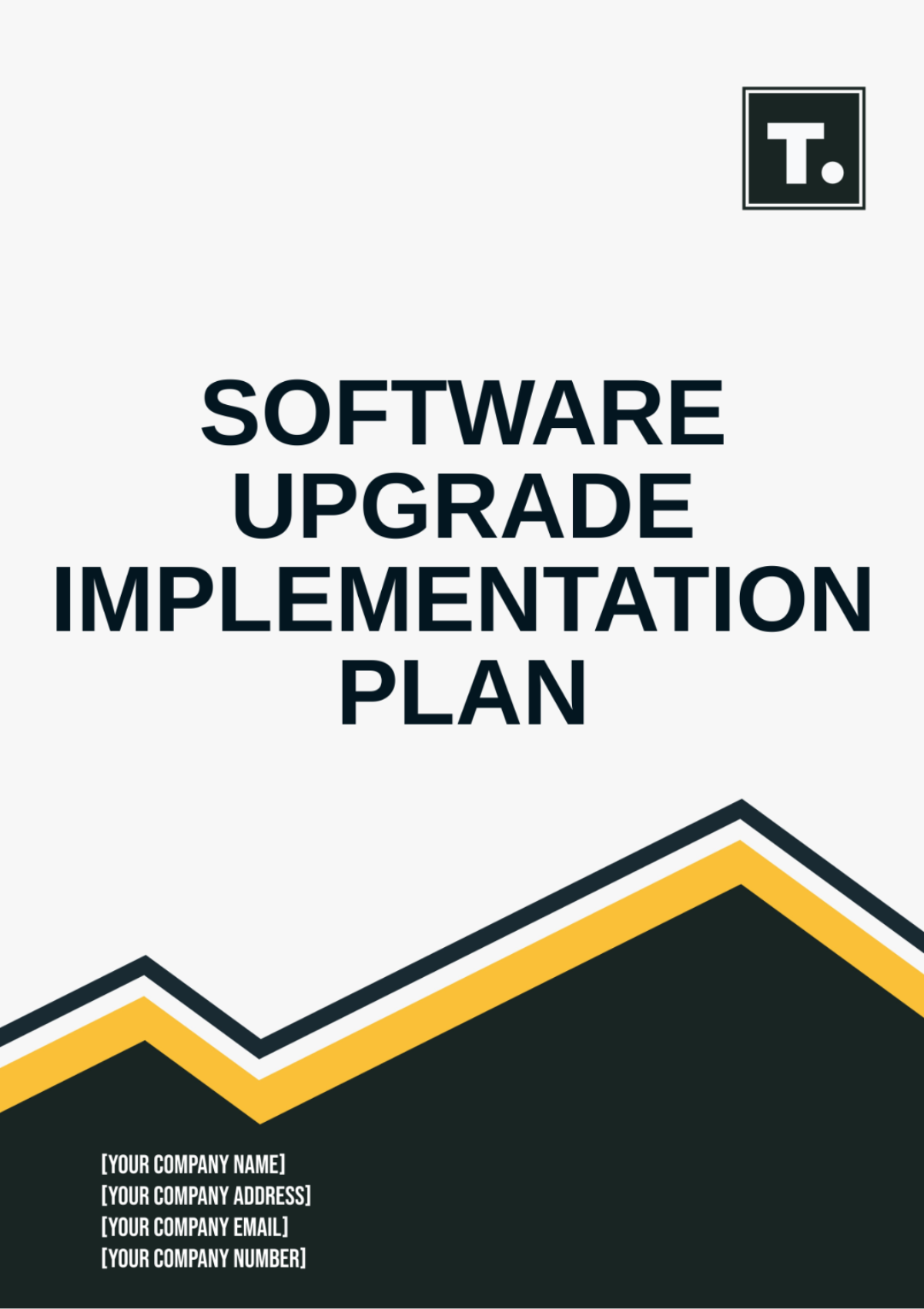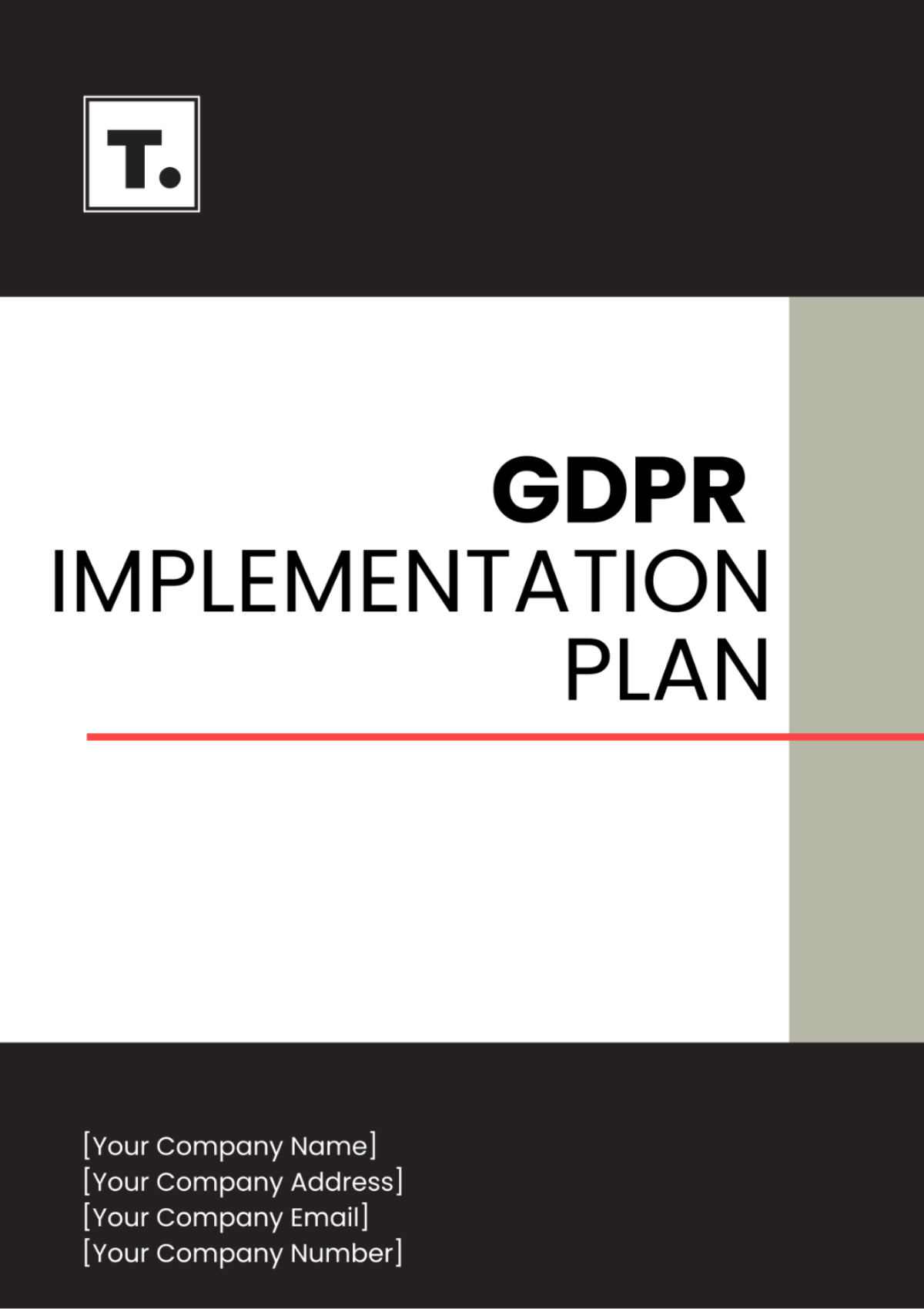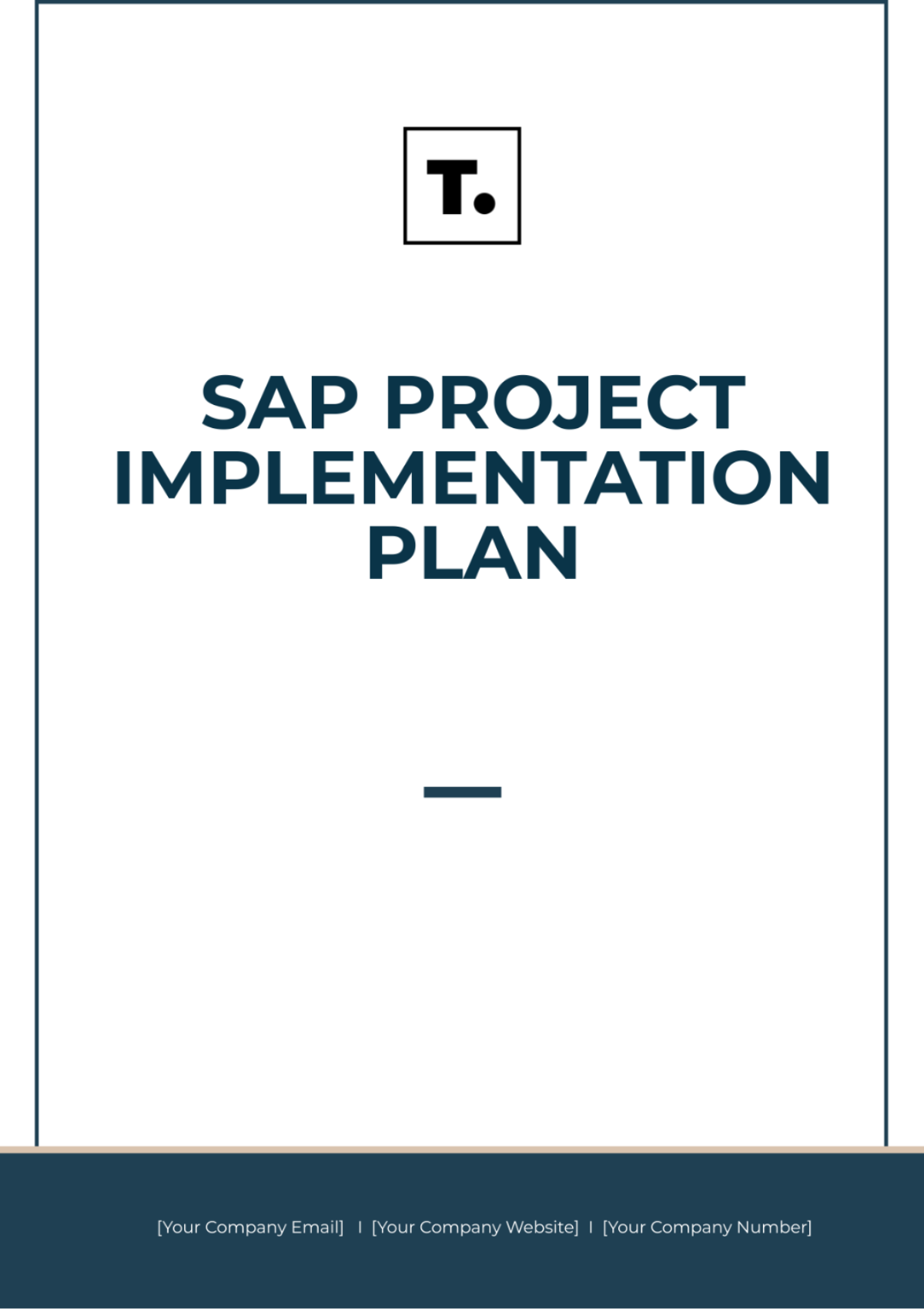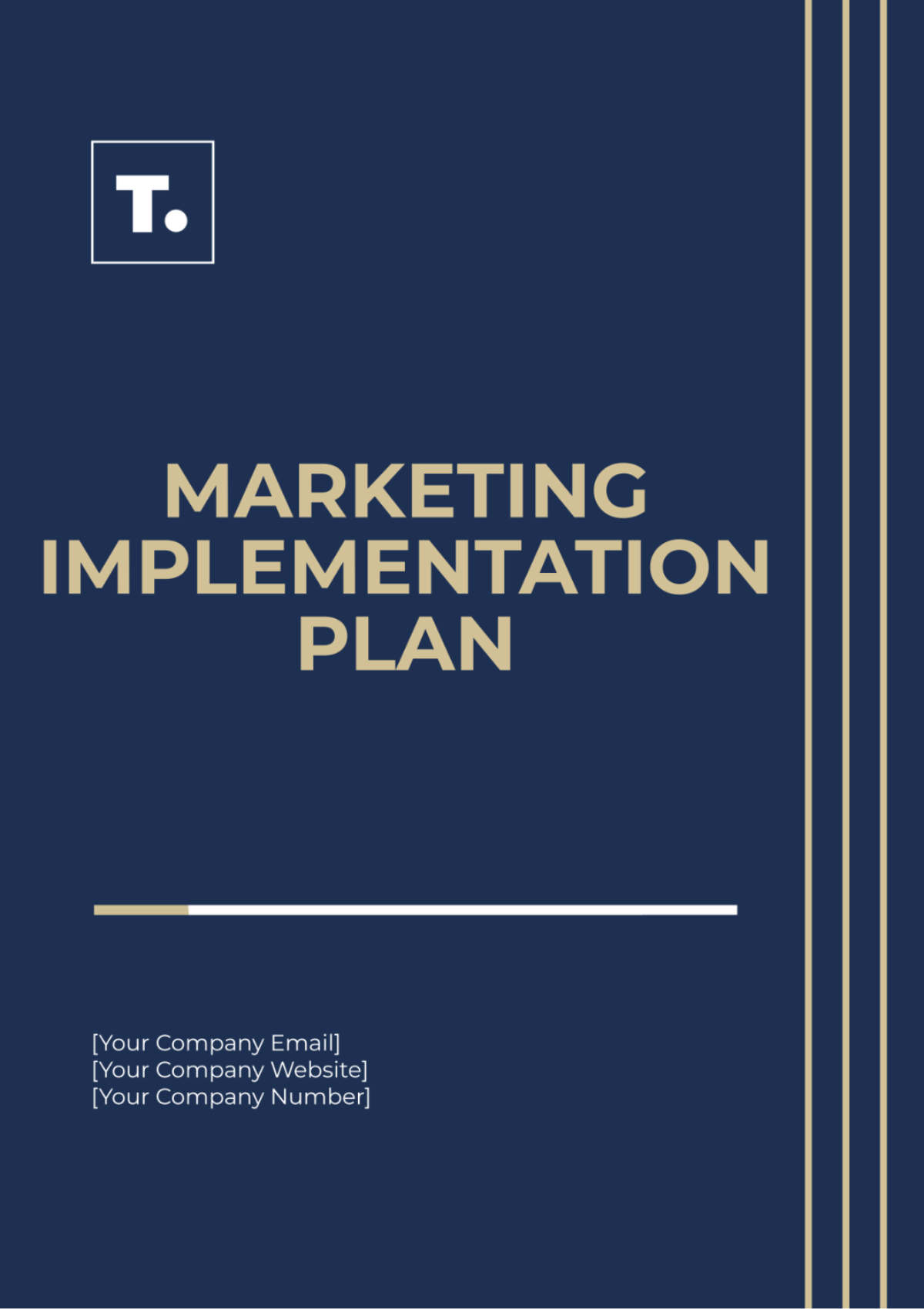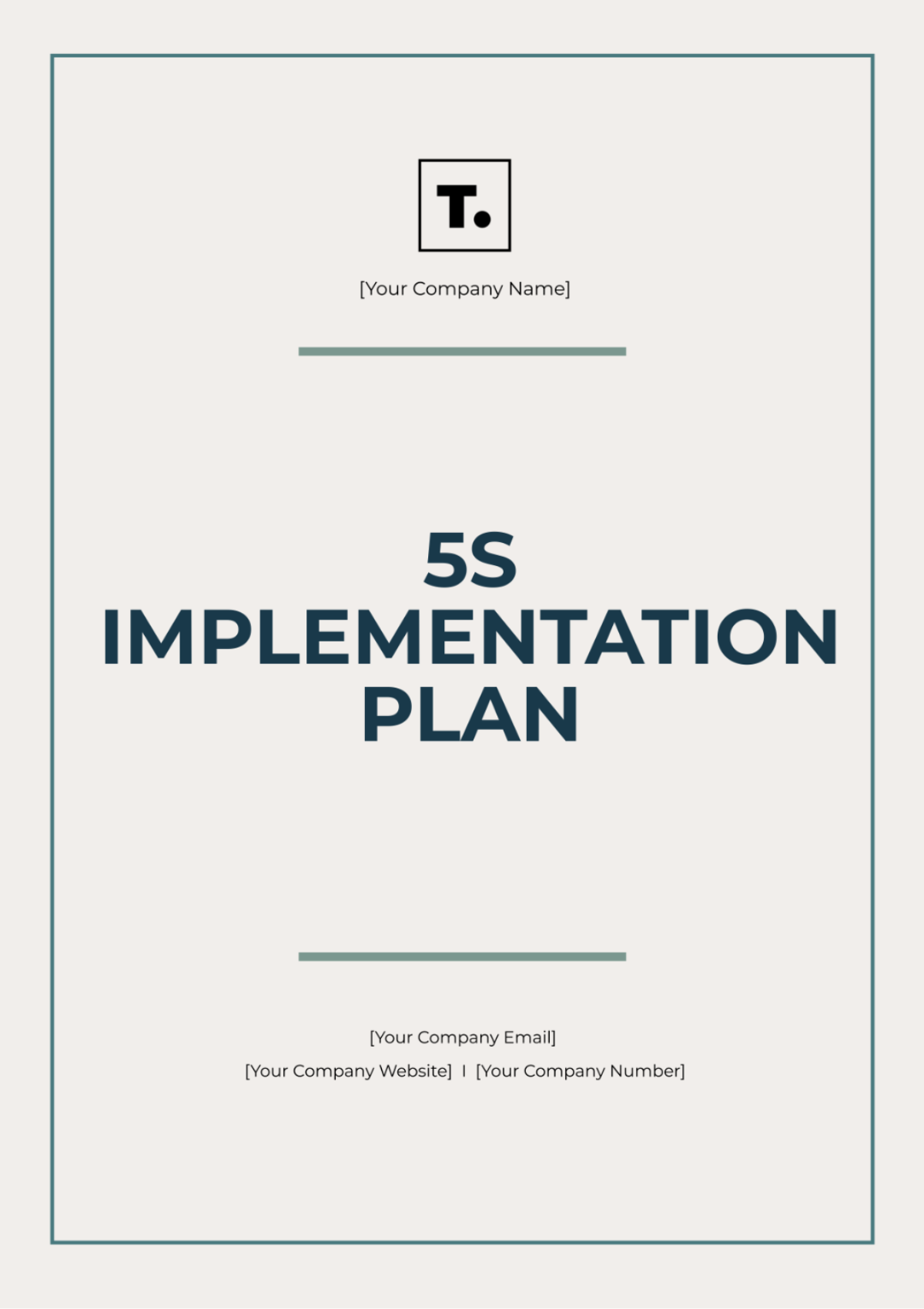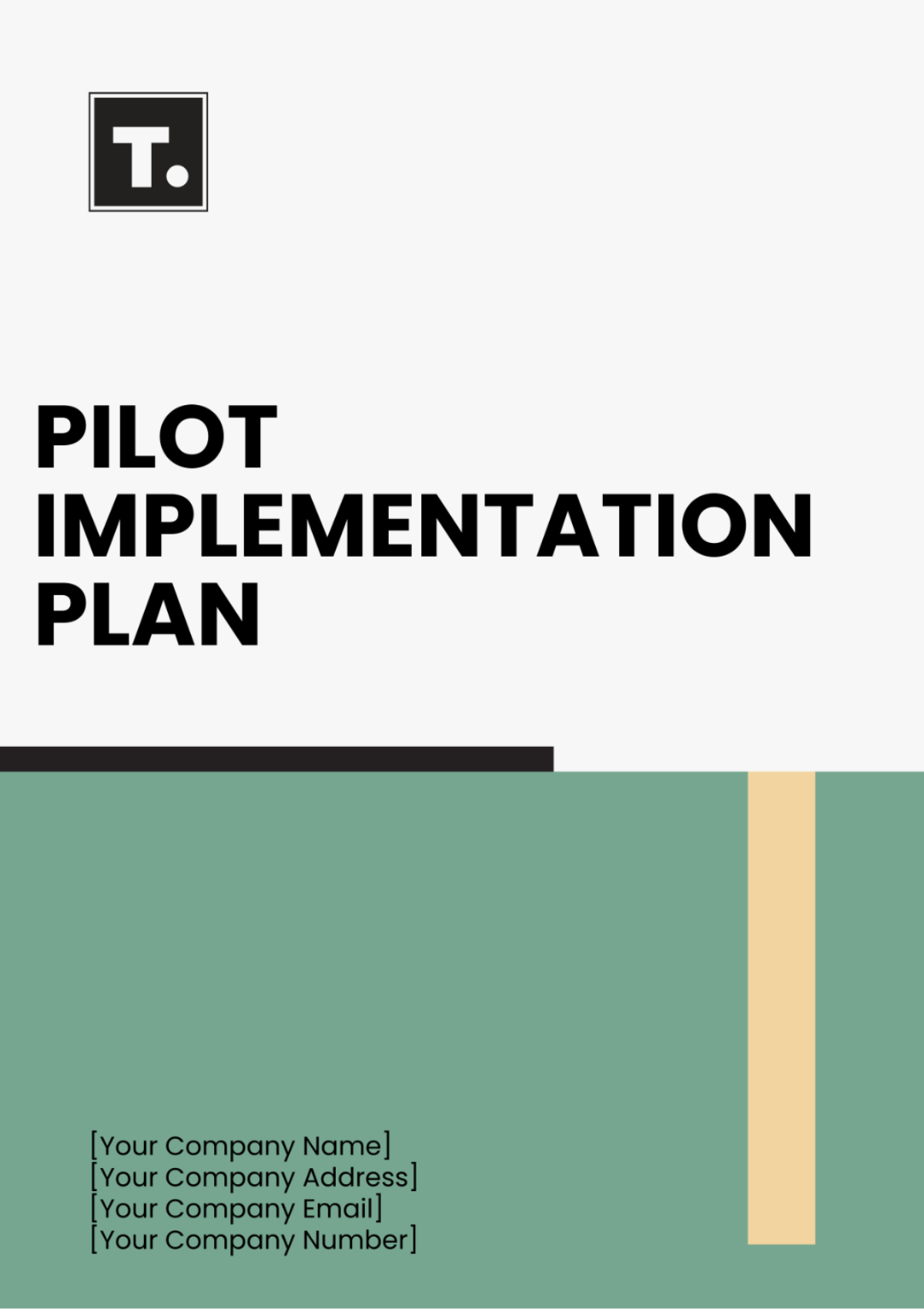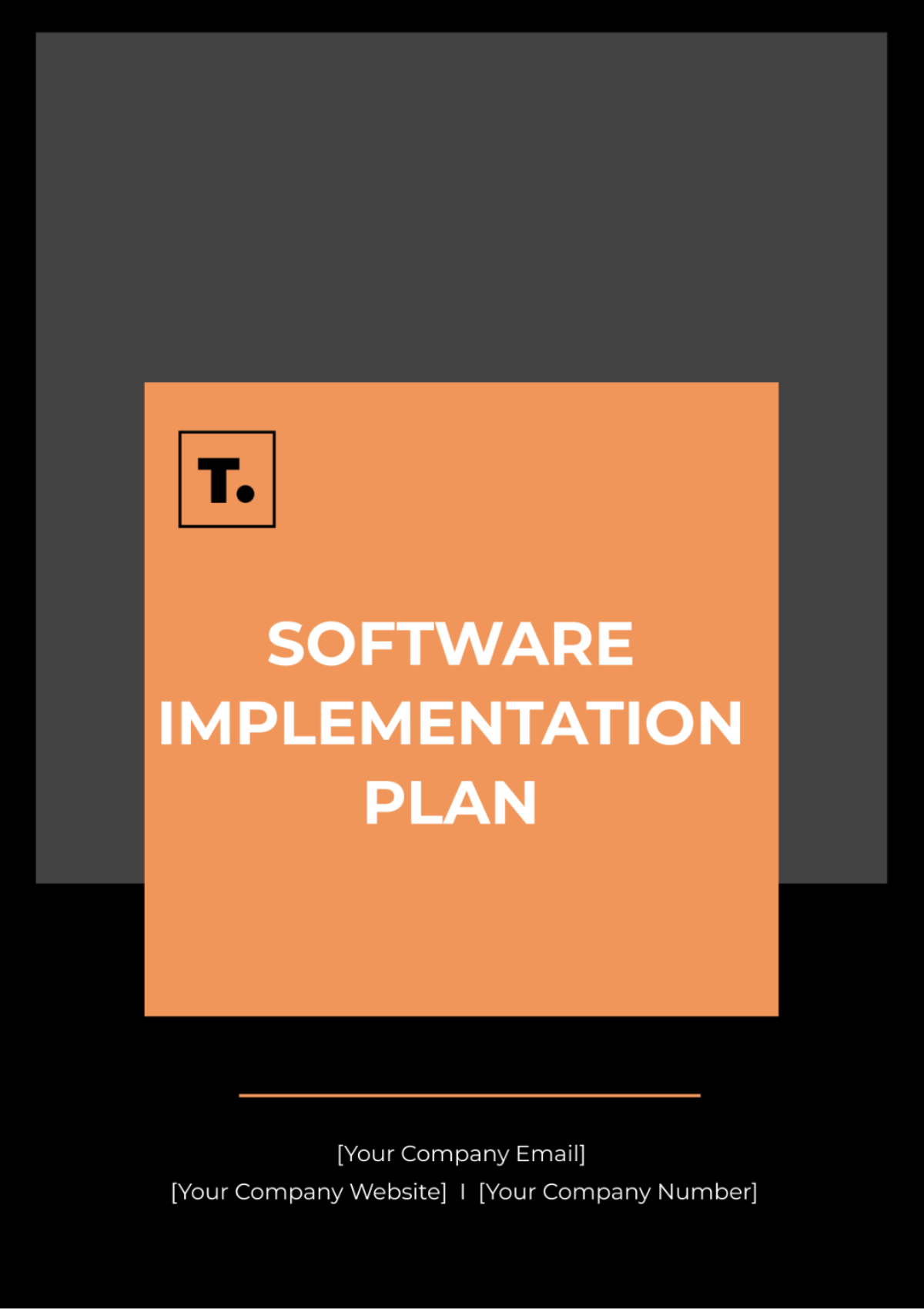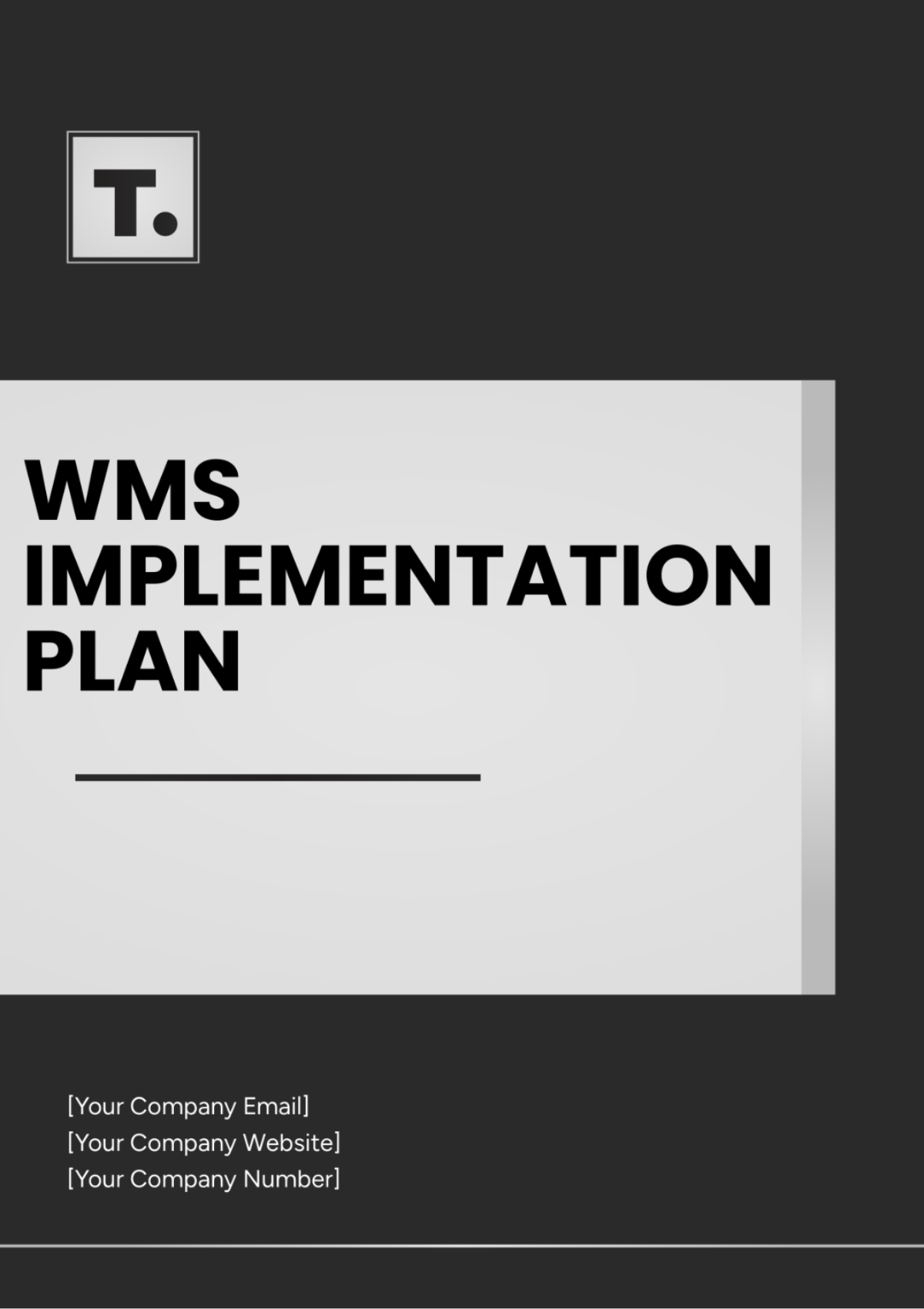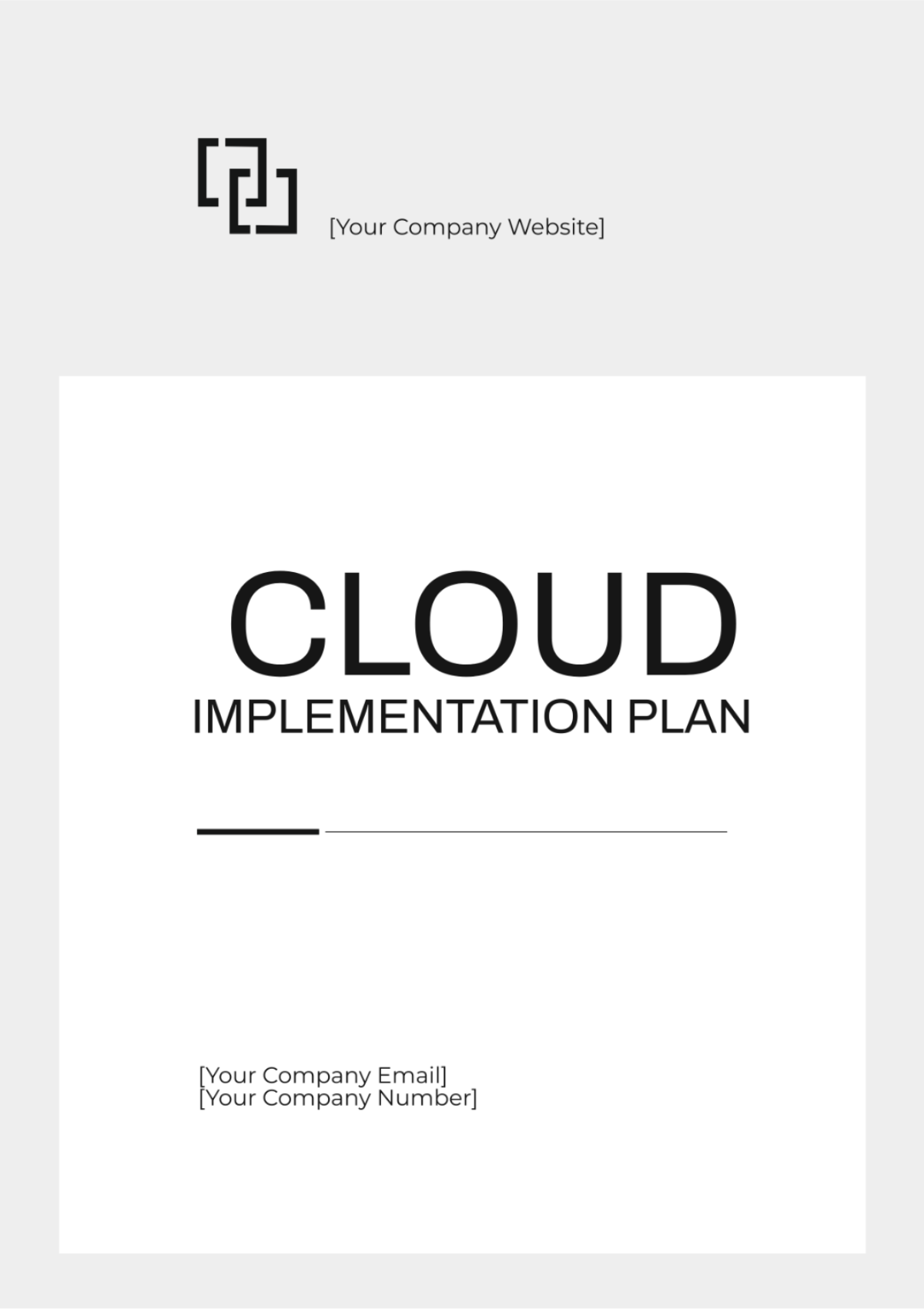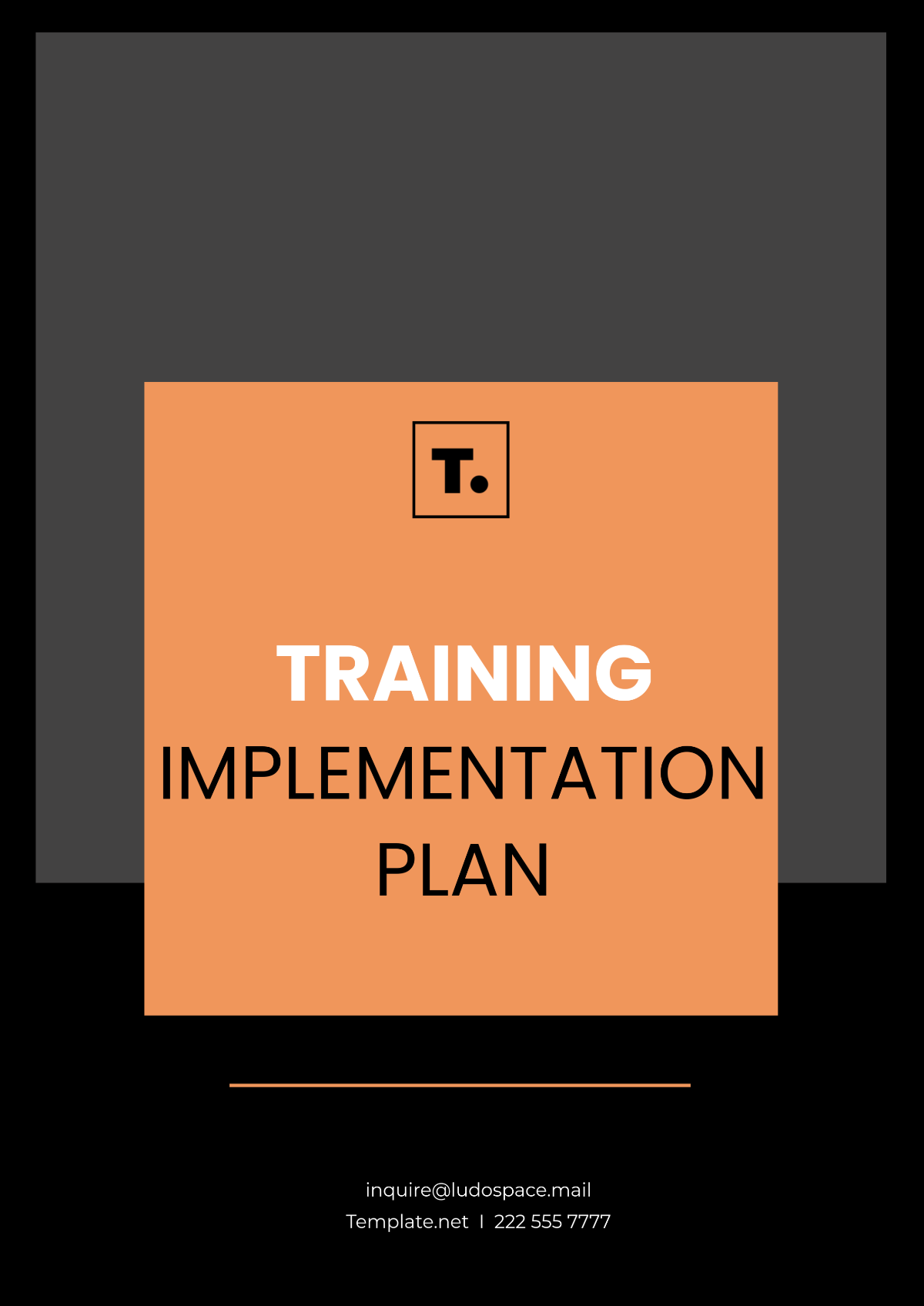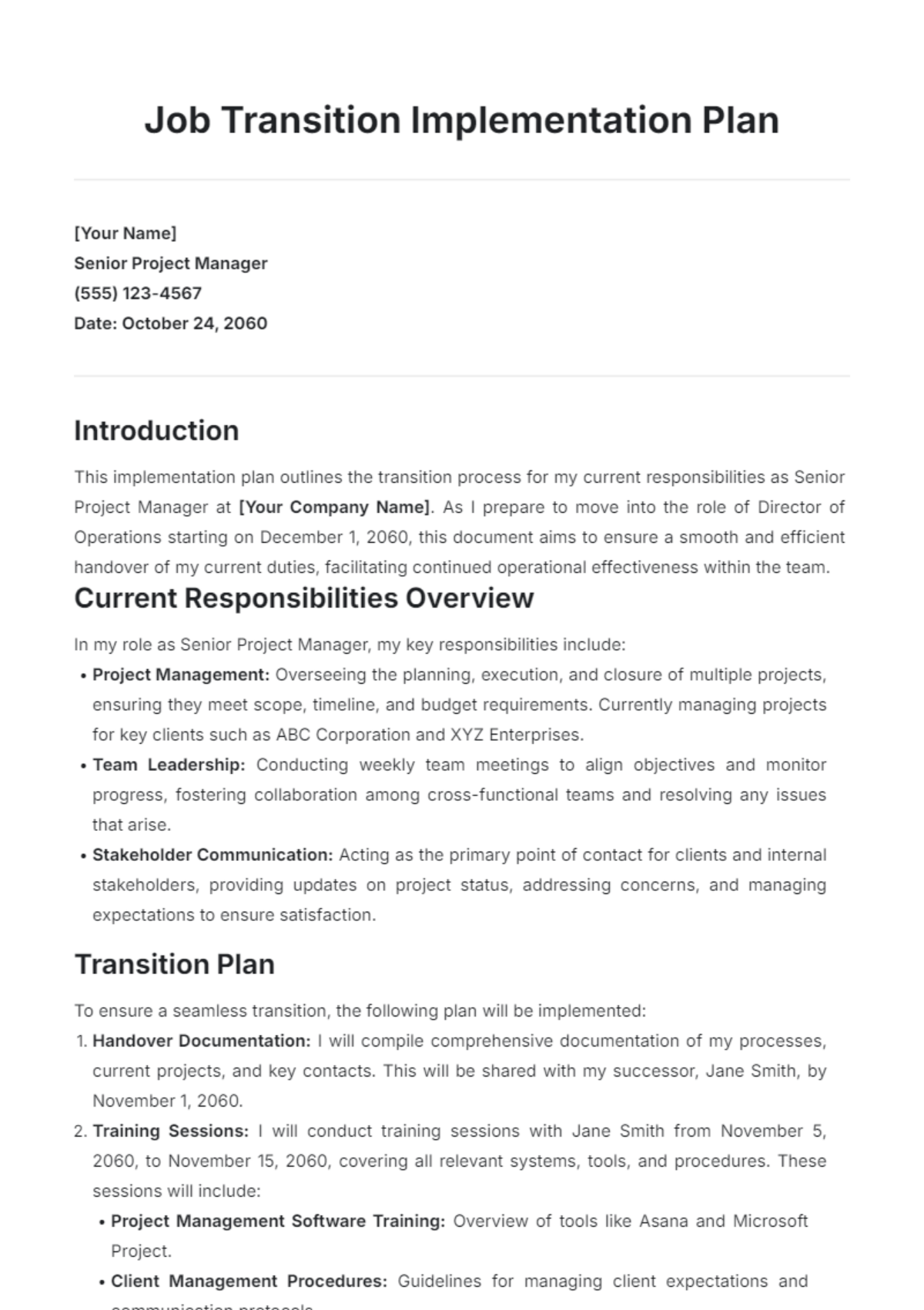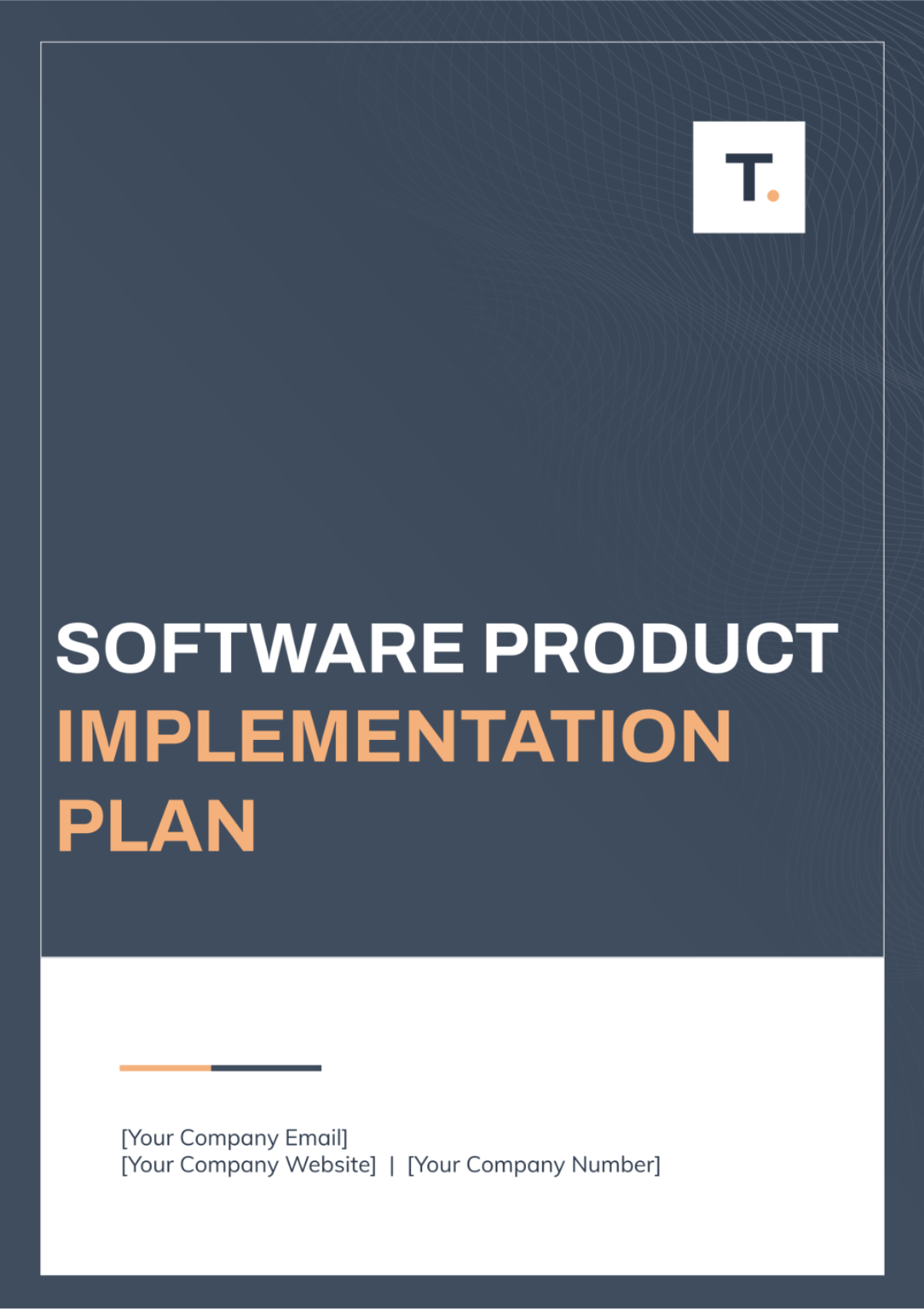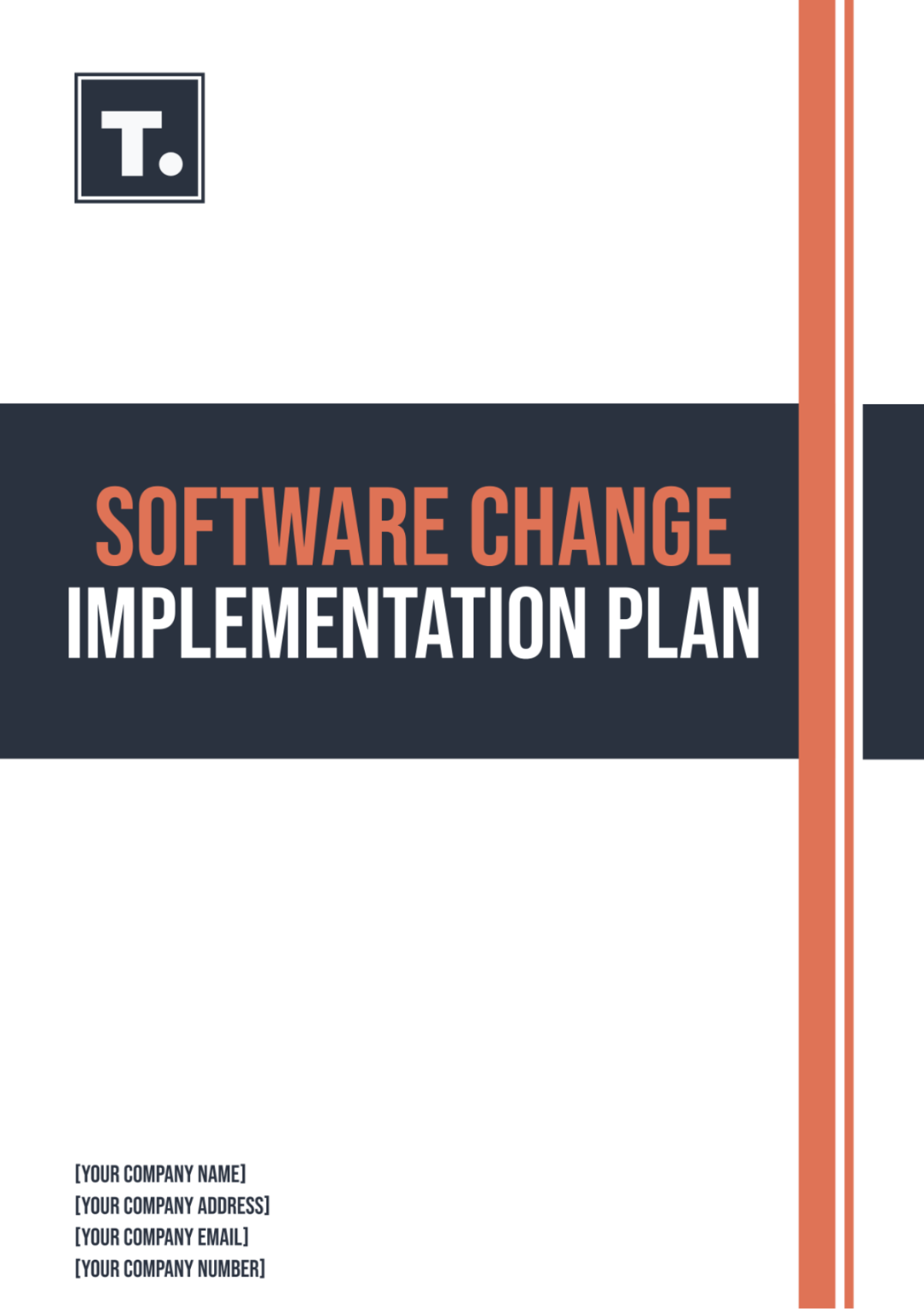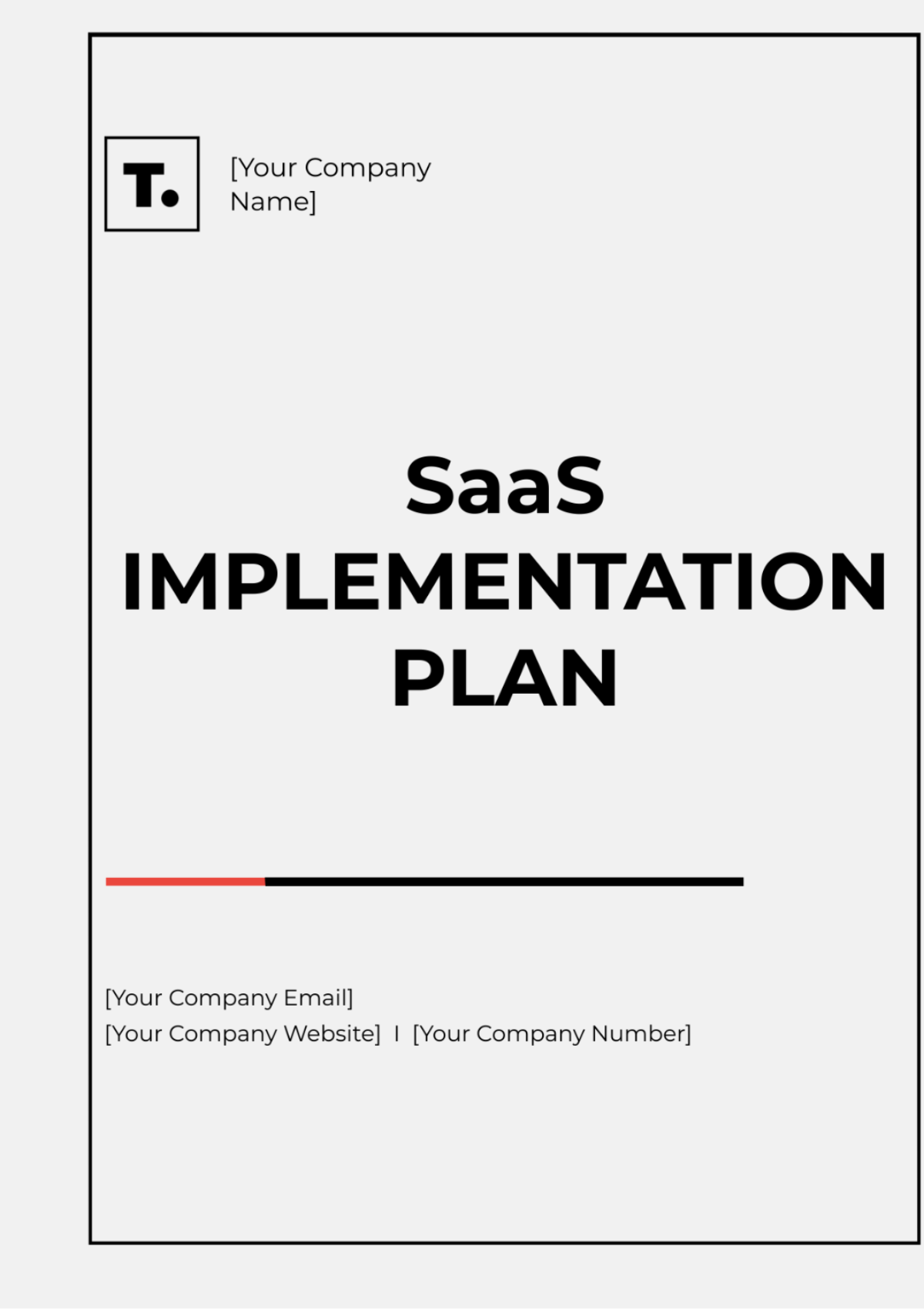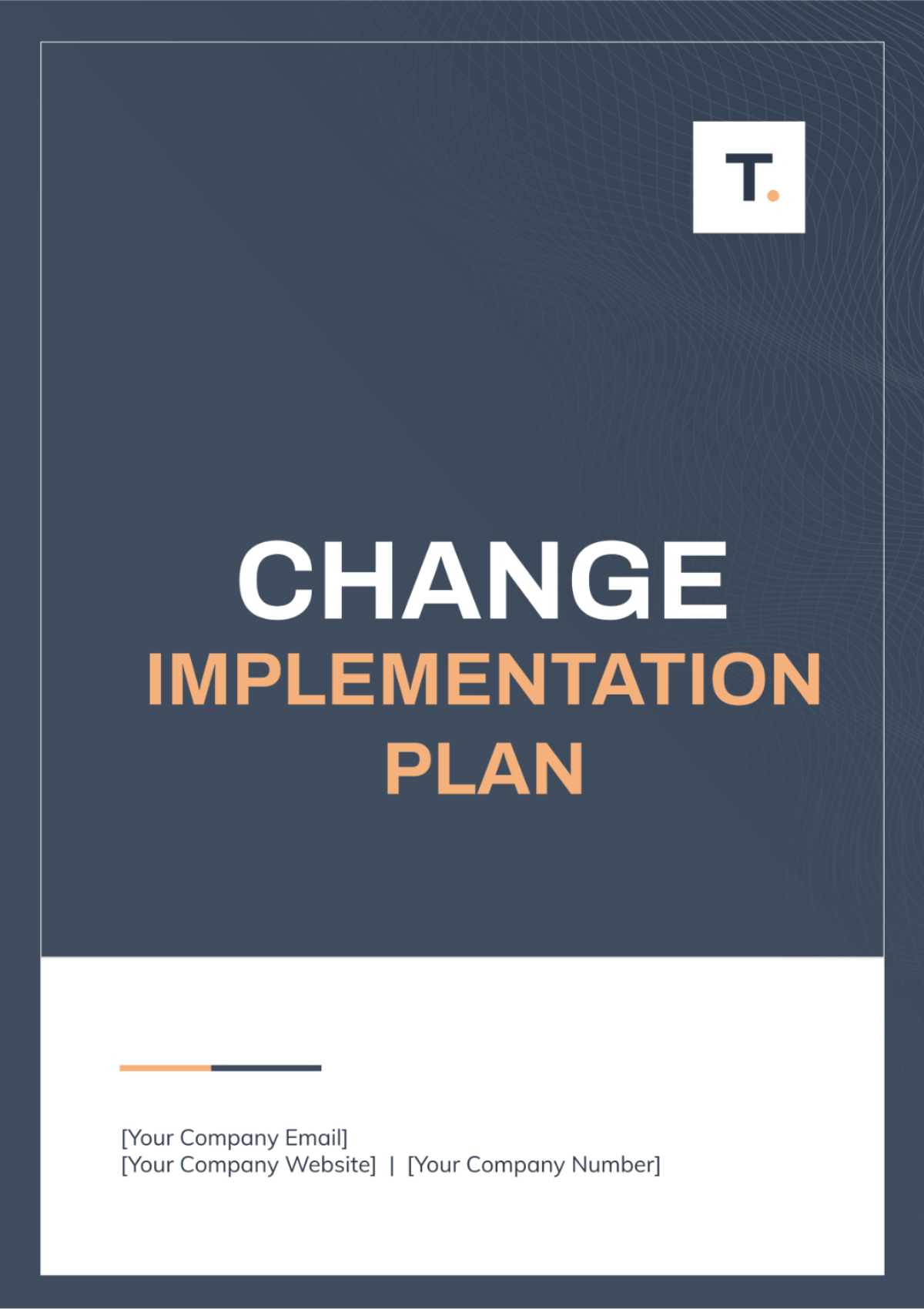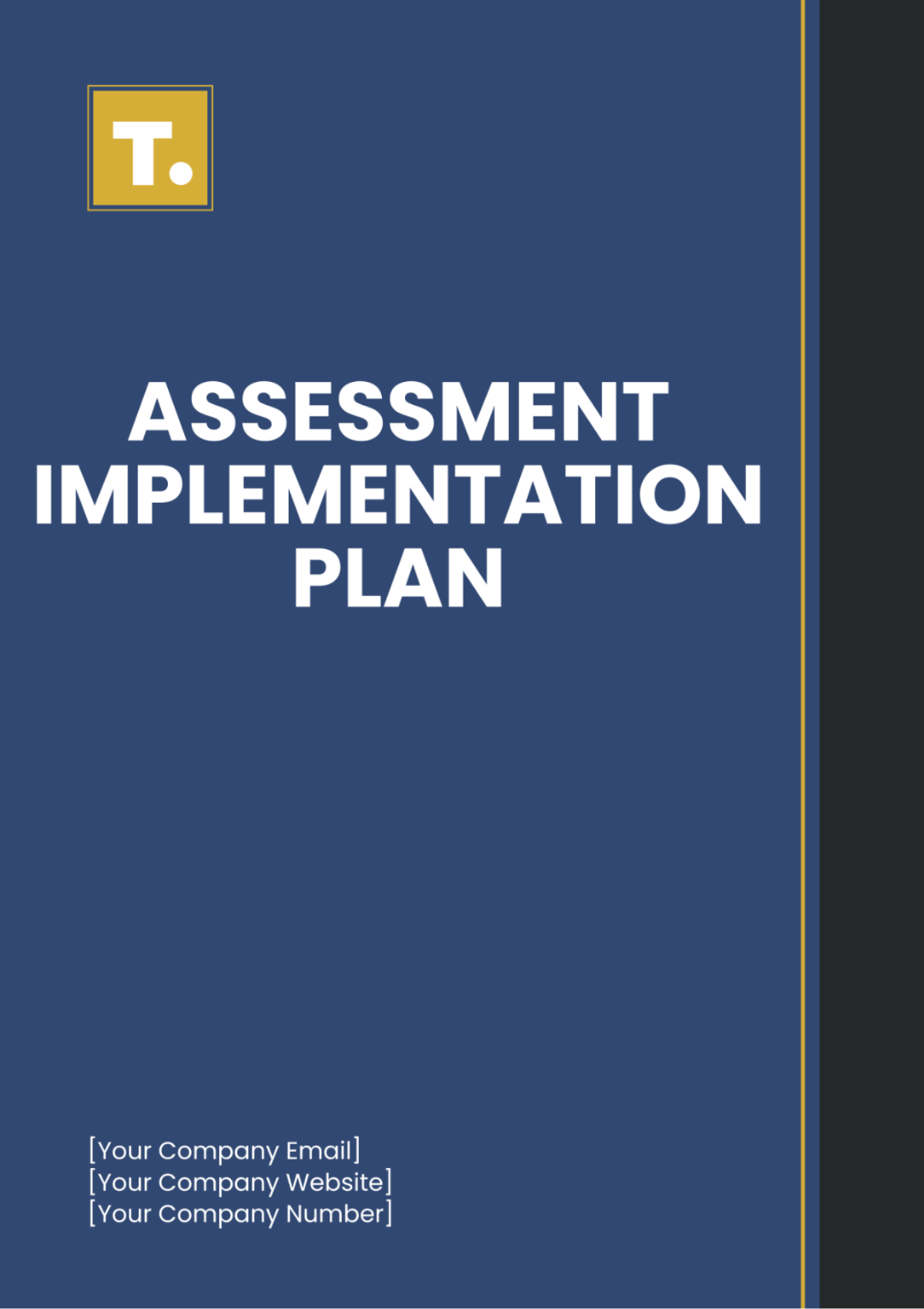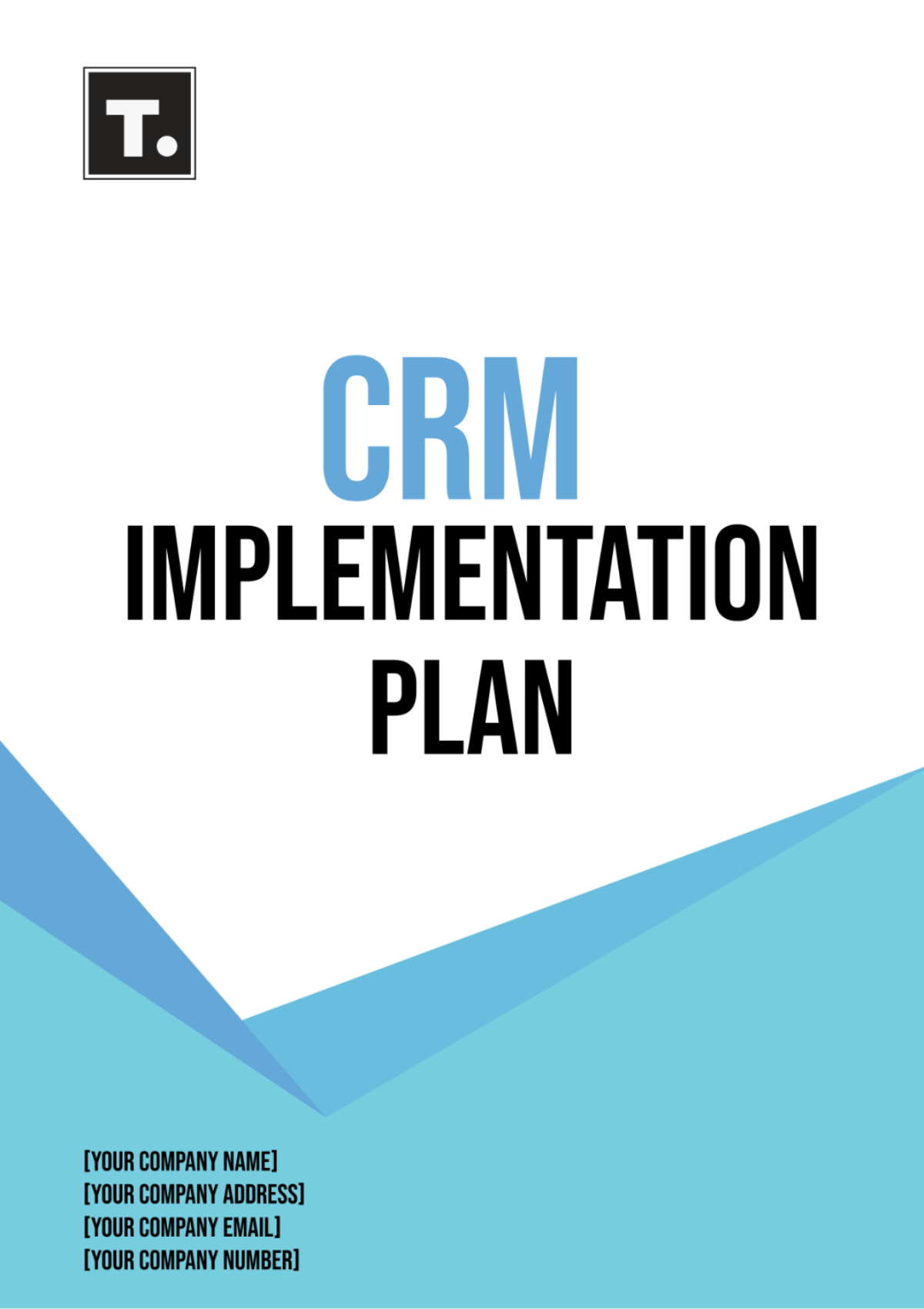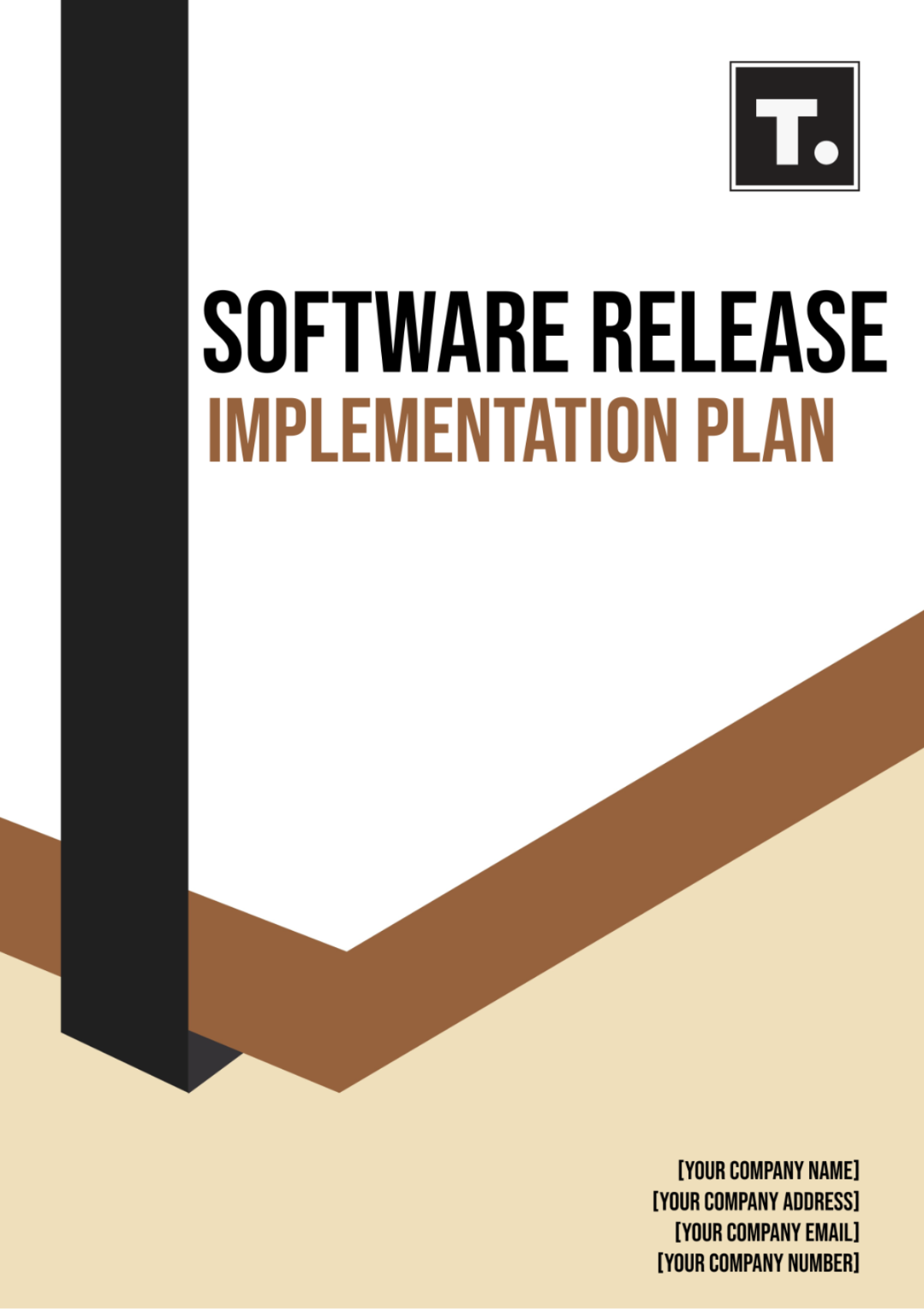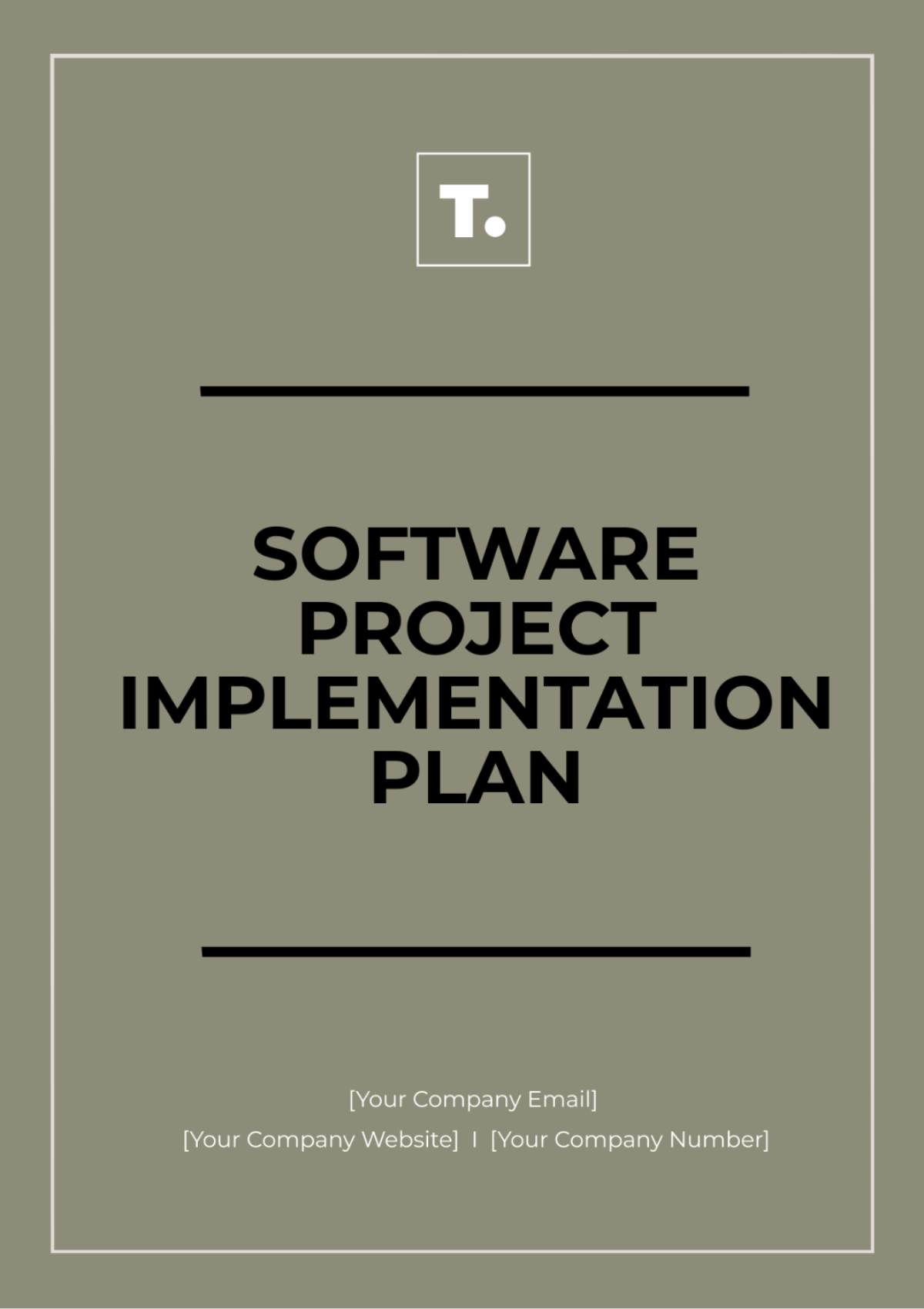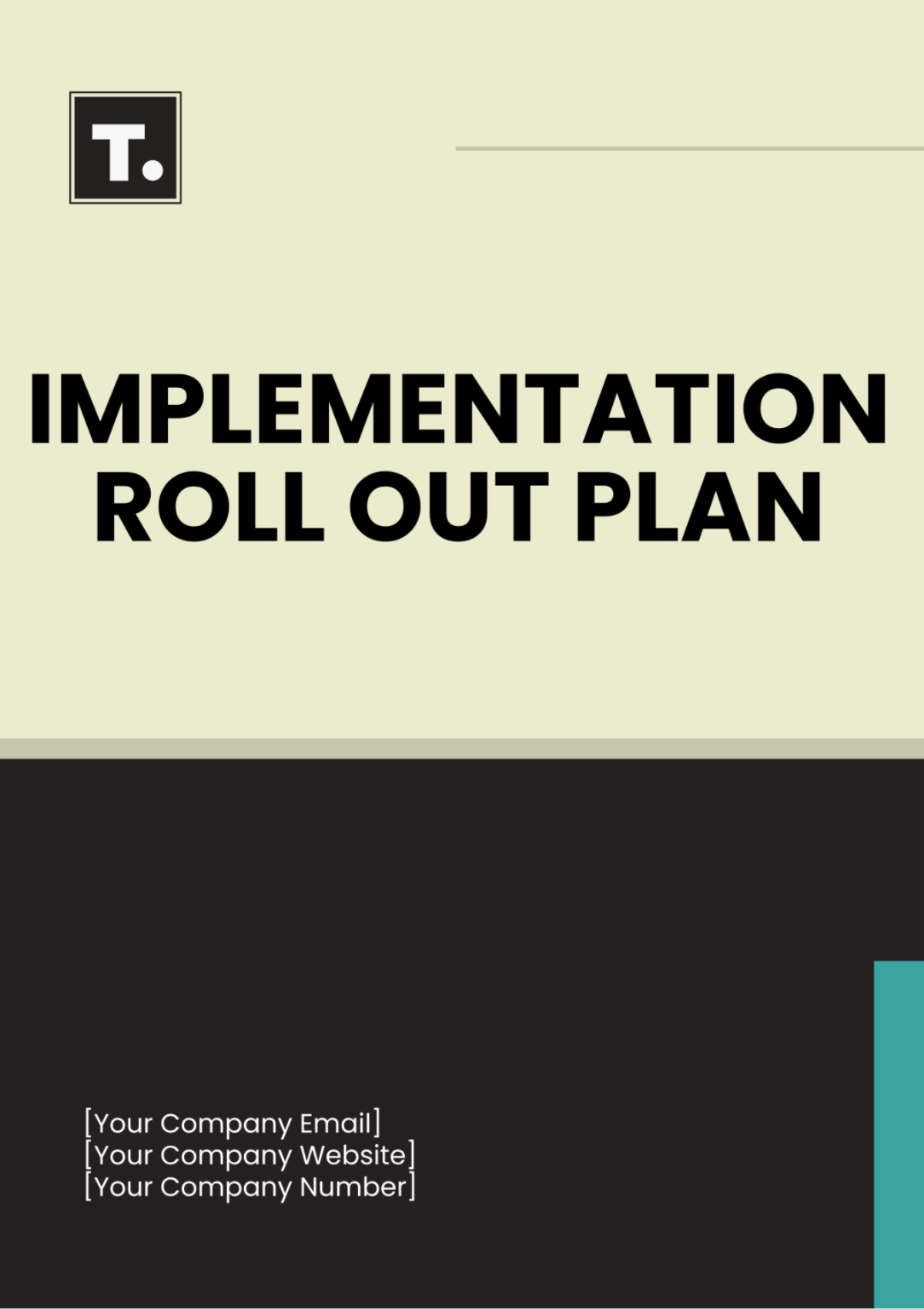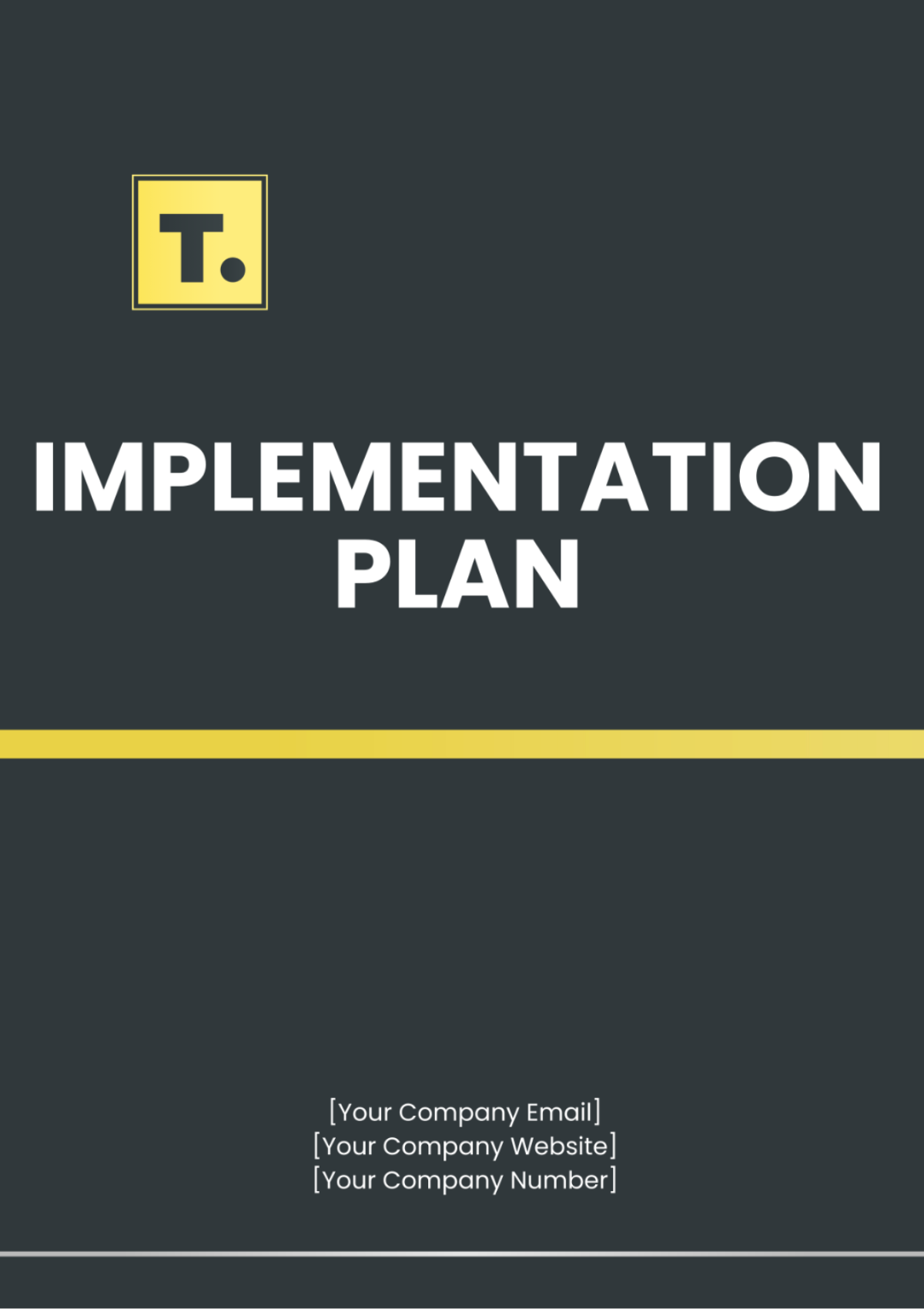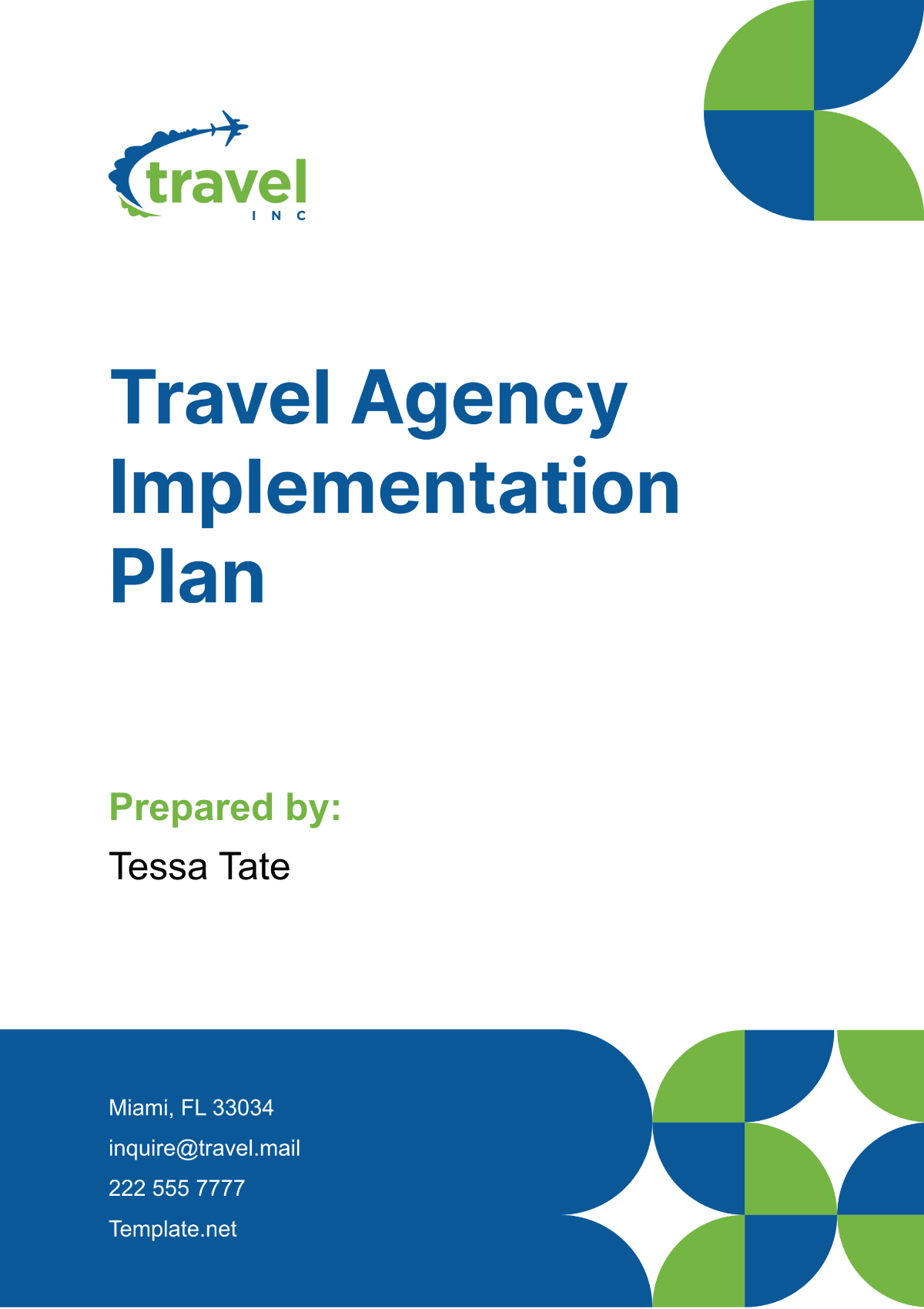Training Implementation Plan
Written by: [Your Name]
I. Introduction
A. Purpose of the Training Plan
This Training Implementation Plan outlines the strategies and steps necessary to effectively train employees at [Your Company Name]. The goal is to ensure that all team members acquire the skills and knowledge needed to perform their roles effectively and contribute to the overall success of the organization.
B. Training Objectives
To enhance employee performance and productivity.
To ensure compliance with industry standards and regulations.
To foster professional growth and career development.
To integrate new technologies and methodologies into daily operations.
II. Training Needs Assessment
A. Identifying Training Needs
Conduct a comprehensive needs assessment to identify the skills and knowledge gaps within the organization. This will involve:
Surveys and questionnaires were distributed to all employees.
Interviews with key stakeholders, such as department heads and team leaders.
Performance reviews and feedback analysis from the past year.
B. Prioritizing Training Needs
Prioritize the identified needs based on factors such as:
Impact on job performance, targeting key skill gaps.
Urgency and relevance to strategic projects.
Alignment with organizational goals, ensuring training supports long-term company objectives.
III. Training Program Design
A. Training Methods and Formats
Select the appropriate training methods and formats, including:
Instructor-led training sessions are held in the main conference room.
E-learning modules are accessible through the company’s LMS.
Workshops and seminars are held on-site and at professional conferences.
On-the-job training with senior mentors.
B. Curriculum Development
Develop a comprehensive curriculum that includes:
Learning objectives, such as mastering new software tools within three months.
Course materials and resources, including handouts, videos, and software tutorials.
Assessment and evaluation methods like quizzes, practical exercises, and peer reviews.
C. Training Schedule
Create a detailed training schedule that outlines:
Weekly training: Fridays, 2-4 PM.
Duration of each session, typically lasting two hours.
Location, primarily in the training center but also available online for remote employees.
IV. Implementation Plan
A. Roles and Responsibilities
Define the roles and responsibilities of all individuals involved in the training process, including:
Training coordinator: John Smith, responsible for overall program management.
Trainees: All employees in the software development department.
Instructors: Software and project management experts, Emily Clarke and Michael Johnson.
B. Resource Allocation
Ensure that all necessary resources are available, such as:
Training materials and equipment, including laptops, projectors, and whiteboards.
Budget for training-related expenses, including speaker fees and material costs.
Access to training venues or online platforms equipped with conference rooms and LMS.
C. Communication Plan
Develop a communication plan to keep all stakeholders informed about the training program. This should include:
Announcements and reminders are sent via email and the company intranet.
Progress updates during monthly team meetings.
Feedback is collected through surveys and suggestion boxes.
V. Evaluation and Improvement
A. Monitoring and Evaluation
Implement a system to monitor and evaluate the effectiveness of the training program. This can involve:
Pre- and post-training assessments to measure knowledge gained.
Trainee feedback forms are distributed after each session.
Performance metrics analysis comparing productivity before and after training.
B. Continuous Improvement
Use the evaluation data to make continuous improvements to the training program. Steps may include:
Updating training materials to reflect the latest industry trends.
Revising training methods to include more interactive elements.
Providing additional support and resources, such as one-on-one coaching.
VI. Conclusion
A. Summary
Summarize the key points of the Training Implementation Plan and reiterate the importance of training in achieving [Your Company Name]'s goals.
B. Next Steps
Outline the immediate next steps to be taken following the approval of this plan, such as finalizing the training schedule, distributing materials, and confirming participant attendance.

